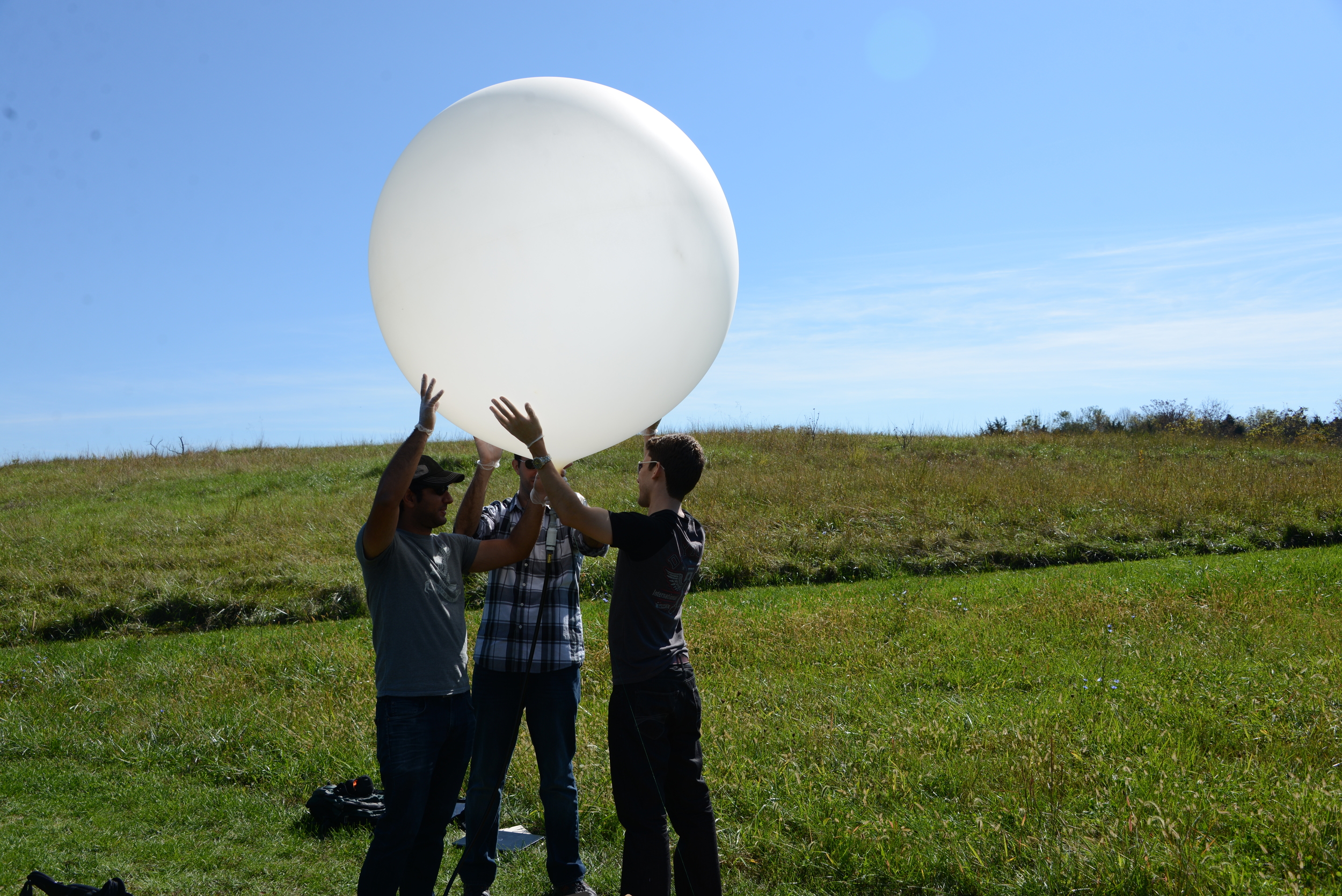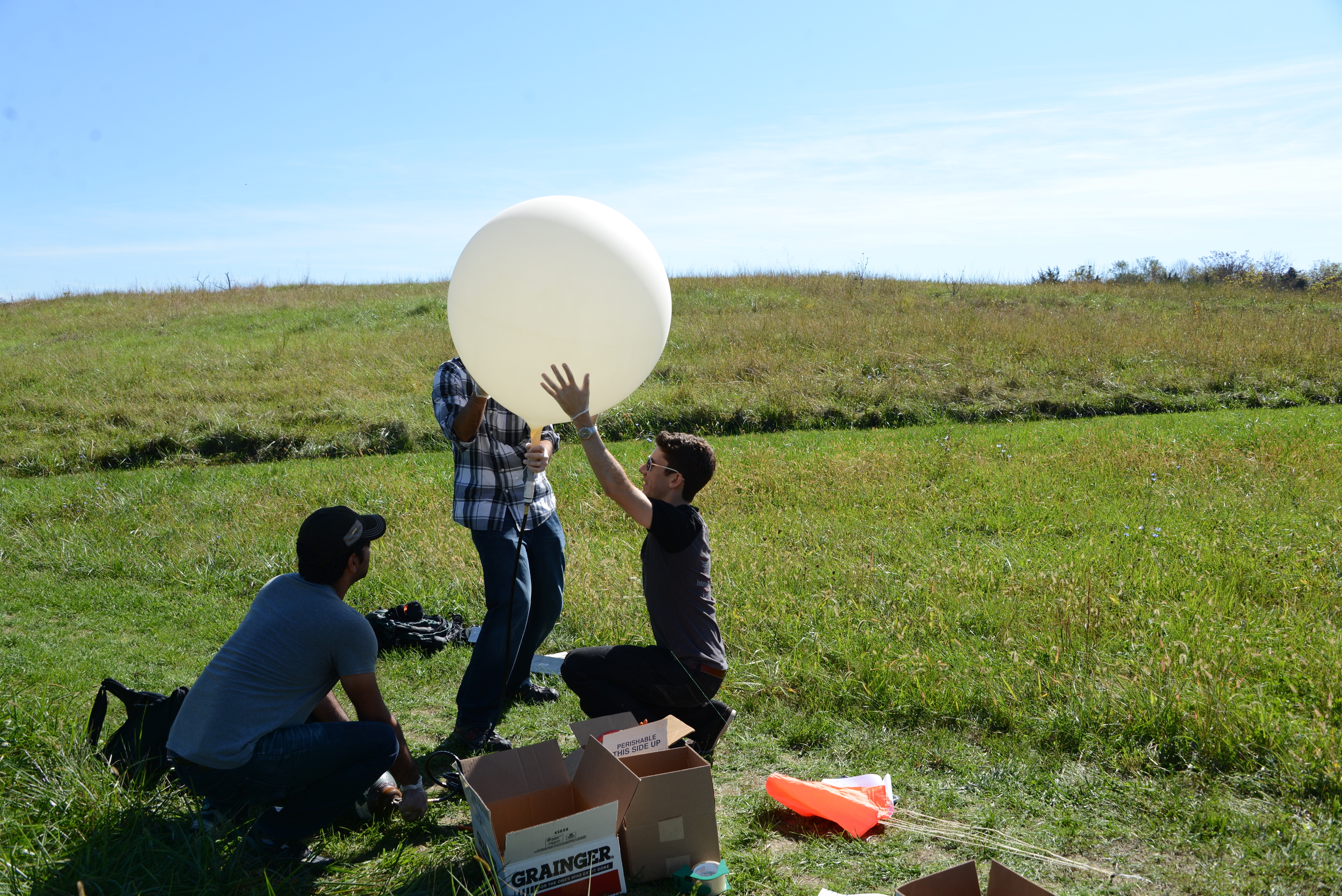For an overview of the Quick-Launch inflation system, please see the the blog post here. To order one, visit our Store. Note: We highly recommend preparing the balloon the night before your launch to save you time and hassle on launch day. You will have plenty of of other things to keep track of on launch day!
Balloon Preparation (Day Before the Launch):
Unpack all the materials to prepare the balloon inflation adapter.
The adapter is now ready to use! Plug in the quick-disconnect fill hose to the balloon to test the fit, and you are ready to fill on launch day. The clear zip-tie loop can be used with the fish-scale to measure the nozzle lift during filling. Simply detach the hose, measure the lift, and then re-attach when ready to continue filling.
Launch Day
For filling on the day of the launch, be sure to bring the inflation hose (with regulator and fittings), your assembled balloon, gloves to wear during inflation, channel lock pliers, and most of all - friends to help out! Especially if it's a windy day, you will need the extra hands to stabilize the balloon during filling.
Once the regulator and hose are attached to the helium tank, perform a quick check by quickly opening the helium valve and listening to ensure that helium is coming out properly.



















